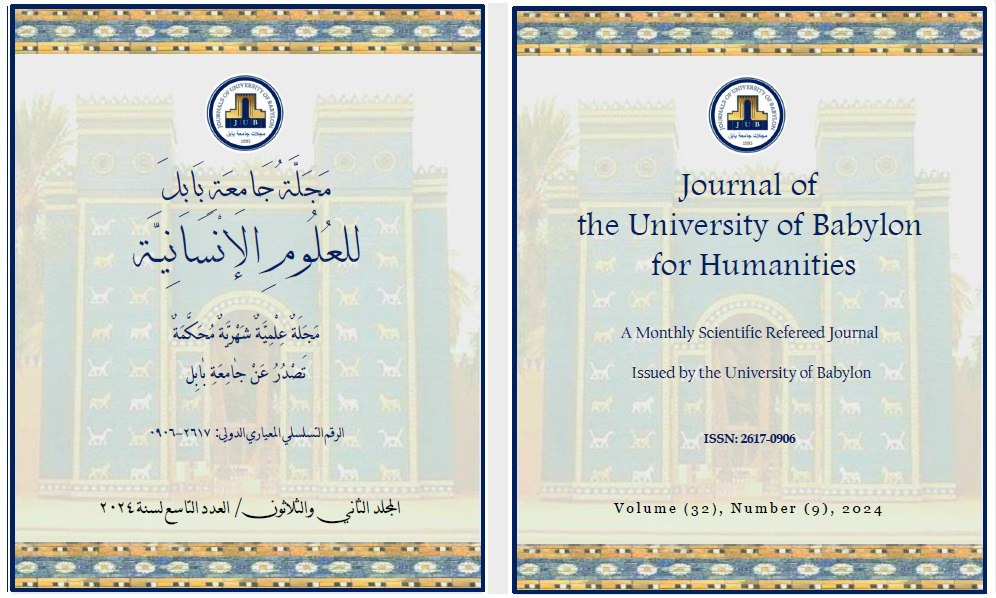تنوع المرجعيات الشكلية في أعمال الخزاف تشالز كاتو
محتوى المقالة الرئيسي
الملخص
المستخلص
احتوى البحث الحالي على أربعة فصول، تضمن الفصل الأول مشكلة البحث وهدف البحث المتمثل بالتعرف على المرجعيات الشكلية في أعمال الخزاف تشارلز كاتو إضافة إلى أهمية البحث والحاجة إليه وتحديد المصطلحات. أما الفصل الثاني فقد تضمن الإطار النظري والدراسات السابقة الذي احتوى على مبحثين: المبحث الأول مفهوم الشكل، أما المبحث الثاني فقد تضمن البيئة مرجعا فكريا وثقافيا، وتضمن المبحث الثالث جماليات الخزف الفرنسي الحديث. أما الفصل الثالث فقد شمل إجراءات البحث من المتمثلة في مجتمع البحث وعينة البحث وأداة البحث ومنهج البحث في حين تضمن الفصل الرابع النتائج والاستنتاجات والتوصيات والمقترحات، وقد توصل الباحث إلى أهم
النتائج :
- استثمر الخزاف تشالز كاتو مشاهد فنيه من البيئة الطبيعية المتمثلة بتوظيف أشكال حيوانية التي تجسدت بعائلة من القردة في مشهد طبيعي، ويتضح ذلك في أنموذج (1)
- مثل الخزاف تشالز كاتو مشهد المزارعين الأفريقيين وهم في حالة العمل ضمن التكوين عائلي متكون من رجل وامرأة وطفل في أنموذج رقم (3).
أما الاستنتاجات:
- لقد عدت فنون الحضارات القديمة عنصرا فكريا ضاغطا على مخيلة الخزاف لما لها من قيم جمالية وتعبيرية.
- لقد شكلت التقنية أداة فاعلة في تمثيل المشاهد في أعمال الخزاف تشالز كاتو من خلال محاكاة تقنيات في الحضارات القديمة.
- ان اعتماد الخزاف على تمثيل الأشكال الواقعية ما هو إلا وسيلة لخلق رؤية تواصلية بين المرسل والمتلقي.
وتضمن البحث ملخص البحث باللغة العربية والإنكليزية وقائمة المصادر.
تفاصيل المقالة
إصدار
القسم

هذا العمل مرخص بموجب Creative Commons Attribution 4.0 International License.

